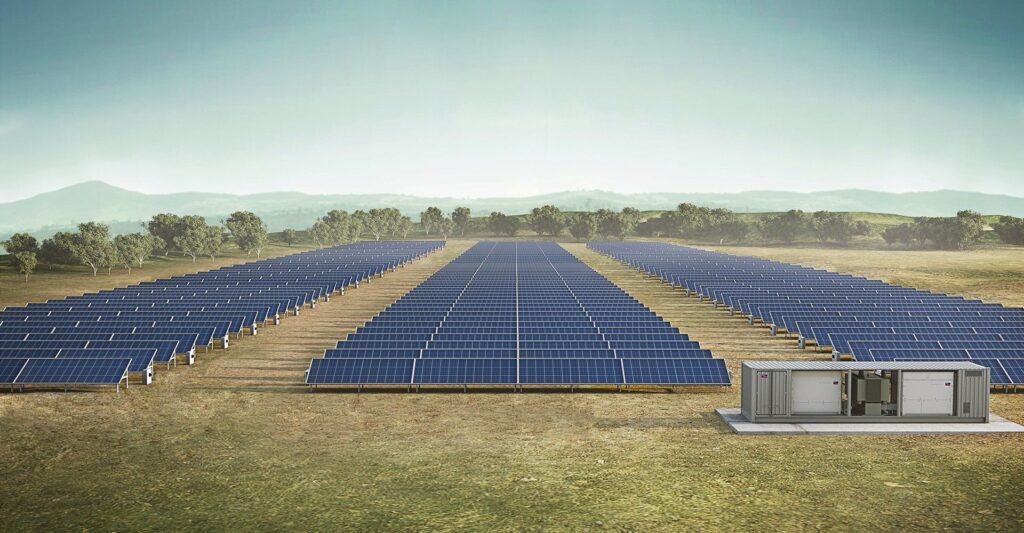Distributed photovoltaic (PV) power generation and centralized photovoltaic power generation refer to two different approaches in harnessing solar energy through photovoltaic systems.
- Scale and Location:
- Distributed PV Generation: Involves smaller-scale solar installations scattered across a wide area, often on rooftops, building-integrated systems, or small ground-mounted arrays. These systems are typically located close to the point of consumption.
- Centralized PV Generation: Involves larger-scale solar installations concentrated in one or a few locations. These facilities are usually designed to feed electricity into the grid for distribution over a broader area.
- Ownership and Control:
- Distributed PV Generation: Often owned and controlled by individual homeowners, businesses, or communities. These systems are connected to the local distribution grid, and surplus electricity may be fed back into the grid.
- Centralized PV Generation: Typically owned and operated by utility companies or large solar power producers. These installations are designed to generate electricity for distribution over a wider geographic area.
- Grid Interaction:
- Distributed PV Generation: Interacts with the local distribution grid. Excess electricity may be fed back into the grid, and grid power can be drawn when solar production is insufficient.
- Centralized PV Generation: Directly connected to the transmission grid, contributing electricity to the broader network. It may involve long-distance transmission to supply power to distant regions.
- Resilience and Redundancy:
- Distributed PV Generation: Offers increased resilience as it is decentralized. If one system fails, others can still operate independently.
- Centralized PV Generation: Vulnerable to single points of failure. If a large facility goes offline, it can have a significant impact on the entire region it serves.
- Efficiency and Economies of Scale:
- Distributed PV Generation: May be less efficient on a per-unit basis but can provide benefits in terms of energy production diversity and reduced transmission losses.
- Centralized PV Generation: Can achieve economies of scale, potentially leading to lower costs per unit of electricity produced.
- Infrastructure and Initial Costs:
- Distributed PV Generation: Typically involves lower infrastructure costs per installation but can have higher overall deployment costs due to the sheer number of installations.
- Centralized PV Generation: Requires substantial upfront investment in large-scale infrastructure, but the cost per unit of electricity produced may be lower.
Both distributed and centralized photovoltaic power generation have their advantages and challenges, and the choice between them often depends on factors such as the local energy landscape, policy frameworks, and economic considerations. In many cases, a combination of both approaches, known as a hybrid model, is employed to maximize the benefits of each.


